In many parts of Montana, the mountains play an integral role in the recreational opportunities that outdoor lovers get to experience. But what happens when things go wrong, when a trek into the backcountry turns into a mission to save someone’s life?
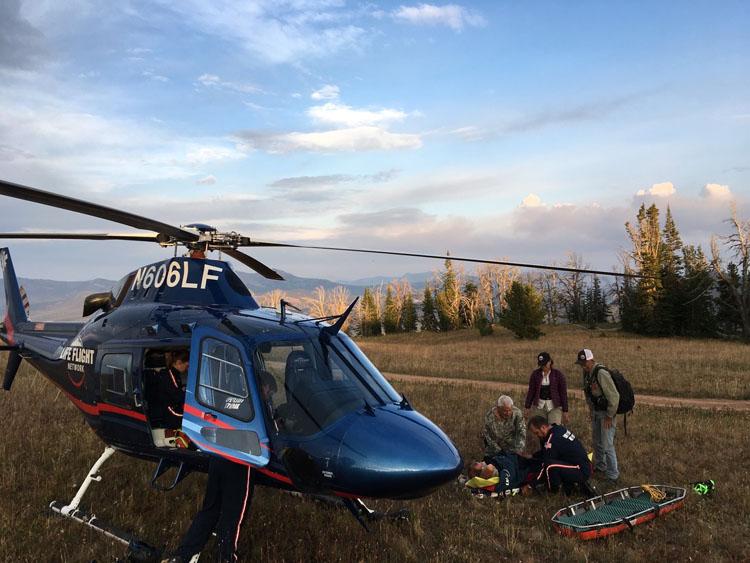
In Big Sky, a ski resort community straddled between two mountain ranges and the Lee Metcalf Wilderness Area, backcountry rescues are a fact of life. With a growing population of hikers, hunters, horseback riders, and skiers, the rugged area around Big Sky is ripe for exploration. In every season when people get lost, hurt, or killed in the mountains, the all-volunteer Big Sky Search and Rescue (BSSAR) team is ready.
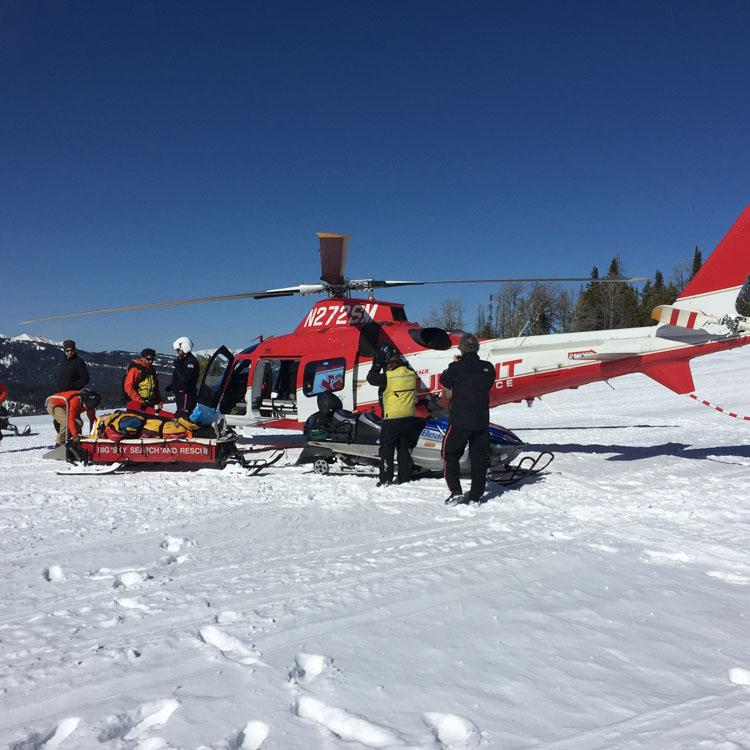
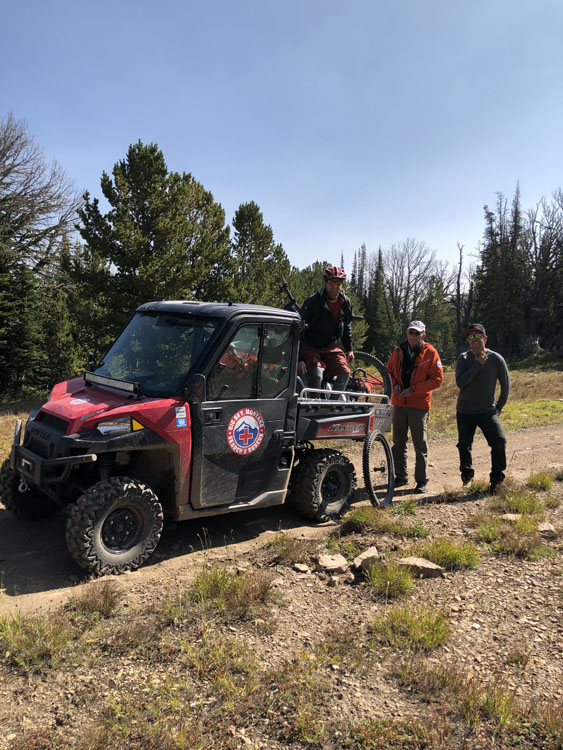
“I believe that BSSAR is quite successful in what it does because of the members,” says Heather Walker, Secretary of the BSSAR and a working member since 2012. “They are extremely dedicated.”
In October 2017, two backcountry skiers were caught in an avalanche attempting to ascend the north couloir of 11,202-foot Imp Peak, an imposing mountain in the remote Taylor Fork area of the Lee Metcalf Wilderness Area. Both were buried, but one was able to extricate himself. Unable to find his partner, the skier hiked out to the trailhead and alerted authorities that a recovery would be needed. The following morning, members of the BSSAR—along with Gallatin County Search and Rescue (GCSAR), the Gallatin Country Sheriff’s Department and the Gallatin
National Forest Avalanche Center (GNFAC)—mobilized for the mission. By early afternoon, the team had recovered the skier’s body and transported it to the Big Sky hospital. This collaboration is key during any rescue in the mountains.
“We have a critical partnership with local search and rescue organizations in both conducting rescues and training,” says Alex Marienthal, and avalanche specialist with the GNFAC. “We focus a lot of efforts on preventing accidents, and Search and Rescue is there in case accidents happen. Folks in the Big Sky and Bozeman area are very lucky to have the emergency resource of highly skilled and willing search and rescue groups.”
BSSAR was formed in 1992 by local business owner Ed Hake, and was established under the already existing Gallatin Country Search and Rescue—which also includes a West Yellowstone section. Even back then, Hake, an outfitter who spends a lot of time in the wilderness, saw the need for a specific local group as more and more people were heading out.
“With the increase of backcountry use, it became apparent that we couldn’t wait for the valley Search and Rescue to get here since paging was non-existent,” says Hake. “We decided we needed quicker responses and better backcountry medical care, so BSSAR was formed.”
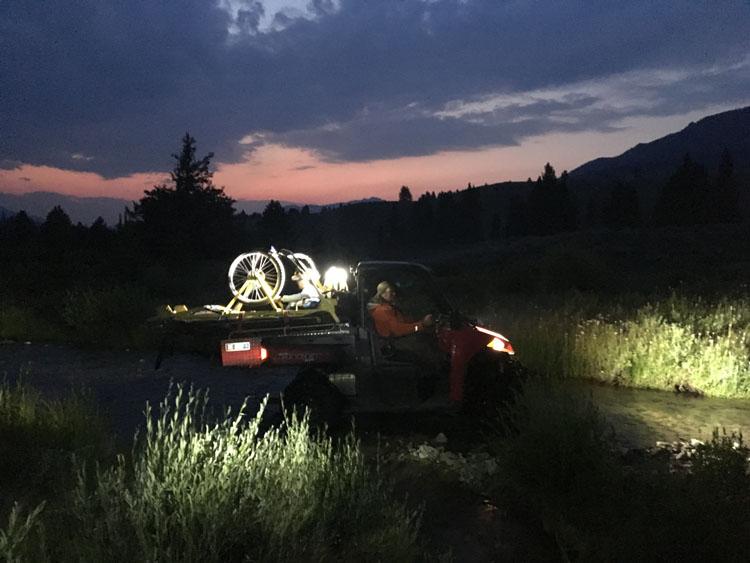
These days, BSSAR has 33 members, who all carry a Wilderness First Responder or Emergency Medical Technician certification. There are members who are certified as both, as well as a doctor, nurse, and paramedic on the team. Training happens at least once a month, practicing specialized techniques like swiftwater , low angle rope, and avalanche rescues, as well as basic equipment operation and GPS and radio skills. Gallatin County SAR as a whole responded to 136 calls in 2016 and 102 in 2017. In 2017, there were 158 volunteers between the three sections and more than 5,500 hours was spent on training and missions. The Big Sky team alone responded to 29 incidents in 2016 and 26 in 2017, and has gone on 33 missions so far in 2018. More than 2,100 hours were logged in training and rescue missions. One thing that is different about Big Sky is that it operates as a separate 501(c3) organization, which means it can seek funding other than that provided by Gallatin County. For example, it receives money from Big Sky’s Resort Tax district, which allows for investment in things like equipment, maintenance and infrastructure. It operates on a rather meager $12,000 average yearly budget.
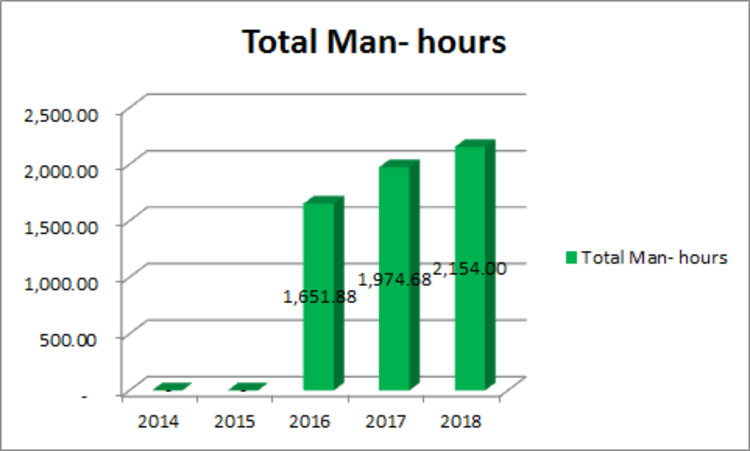
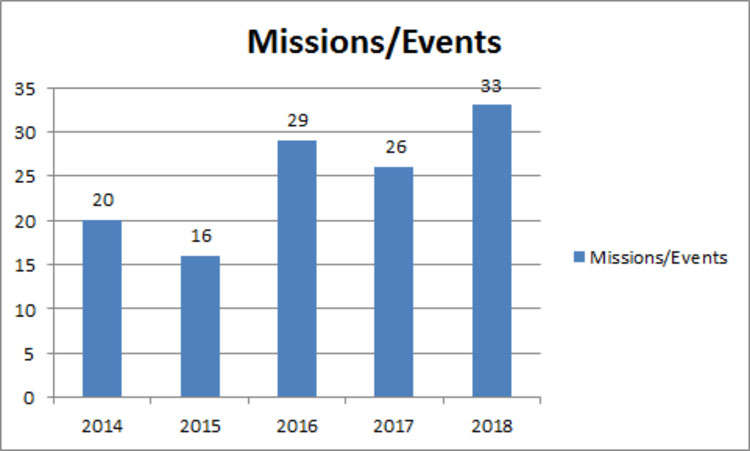
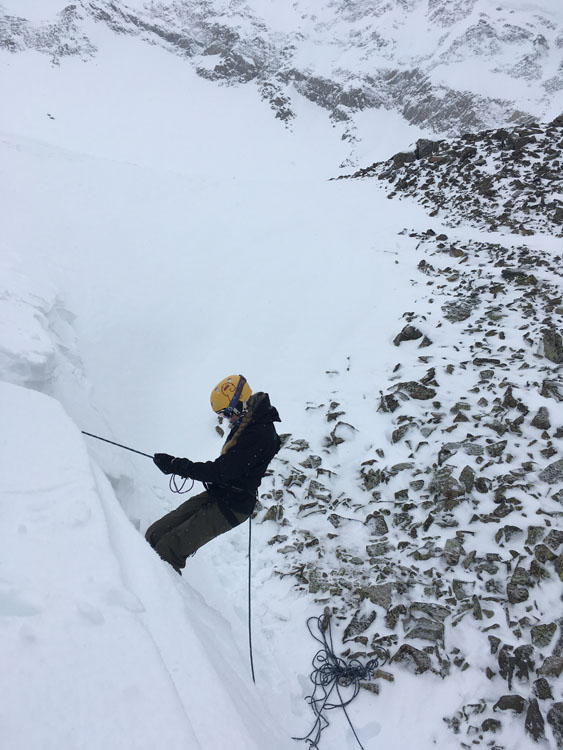
When a call comes into Gallatin County, often through 911, the sheriff’s department takes over and a member of that department oversees the mission and acts as incident command. Search and Rescue teams are requested on a mission-by-mission basis and once deployed, a team member is an acting auxiliary officer of the sheriff’s office under Montana Law.
“The purpose of Search and Rescue is to save lives,” says Brandon Kelly, a sergeant with the Gallatin Country Sheriff Department who is based in Big Sky. “Having a facility here with Search and Rescue members allows us to react, deploy people, and sustain missions in the Big Sky area more effectively,”
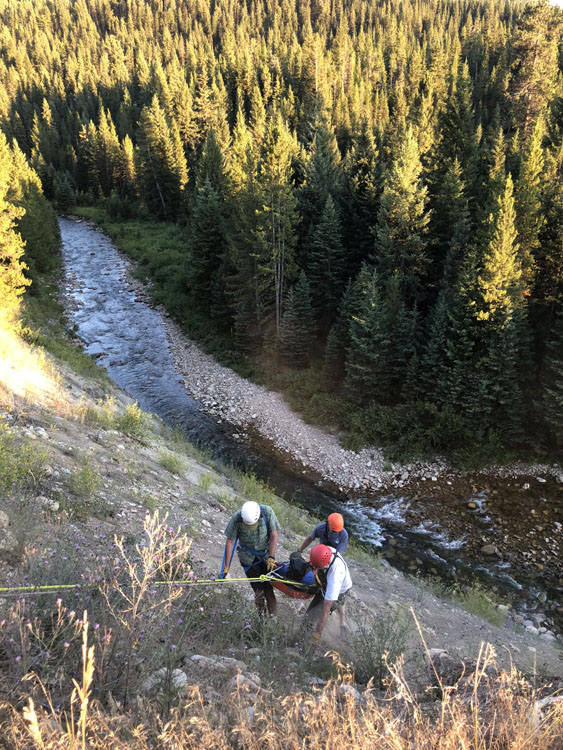
Devin Heinle, 26, moved to Big Sky in 2015 and joined BSSAR shortly after. Coming from eastern Montana, he wasn’t used to the mountainous terrain around the area but was eager to learn more about it.
“I guess it was the Boy Scout in me, it sounded kind of fun,” he says of why he decided to join. “I’ve been able to see a lot of the area that I wouldn’t have seen otherwise. It’s been a huge learning experience.”
Not every mission is dramatic as last fall’s avalanche victim recovery. Many are for lost hikers or non-life-threatening injuries. Heinle responded to one this summer where two young hikers ran out of water on Big Horn Peak in Yellowstone National Park. They “freaked out,” says Heinle, and found a spot where they could use a cell phone to call 911. Heinle and a group of others left at five the next morning, hiked more than six miles with food and water, and then helped them walk back out to the trailhead.
“No medical assistance was needed,” he says. “We were just helping them get out.”
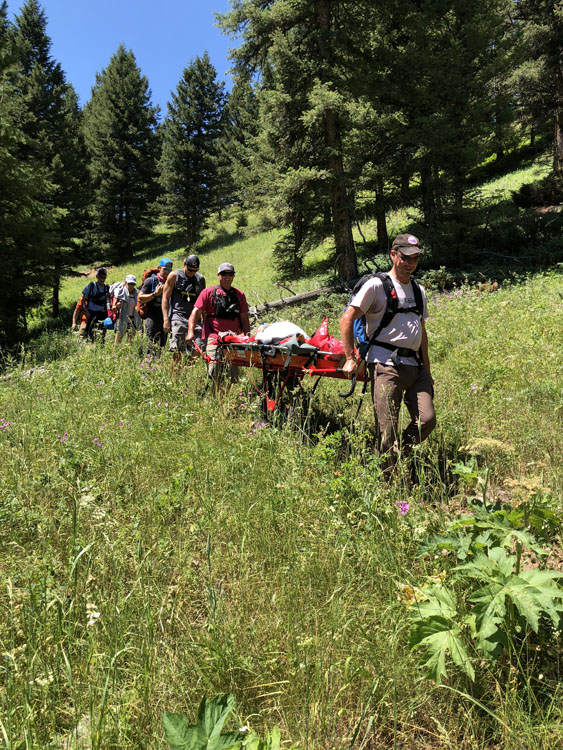
The missions fluctuate every year, according to Walker, the BSSAR secretary. In 2017 there was a high number of horse-related incidents, while in 2018 there has only been one. This past summer there were many calls related to lost or injured hikers; and a winter with a bad snowpack can make for more avalanche calls and backcountry skier injuries.
“I think a lot of people come to Montana and don’t realize how wild it is,” Walker says. “Out here, when something goes wrong it’s a long time before help arrives and most people aren’t prepared for that.”
Whatever the mission, the Big Sky Search and Rescue team is ready. As the snow starts falling, they’re making sure the equipment is in good running order and members are up to date on their training and in winter mode. They know a call could come at any time.
“They will leave a Christmas Eve dinner to search for missing snowmobilers”, says Walker. “They get out of a warm bed at night to find a couple of missing hikers and will stay through the night with an extremely ill camper waiting for a helicopter to arrive. They do all of this because they want to help.”
Leave a Comment Here